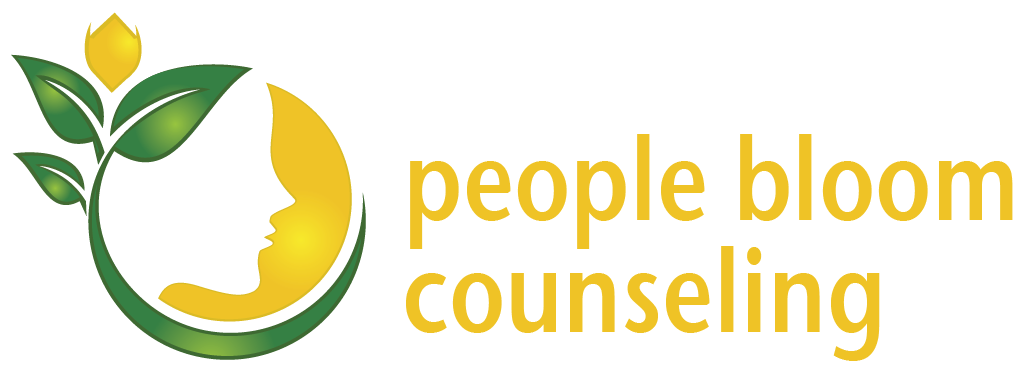Melomene/stock.adobe.com
Ordinary Tuesday
It was an ordinary Tuesday when I finished up with my last client. “You must be in a hurry to get home” and I was like, “No, you’re good.” I was still wrapping up my case notes when my husband sent me an emoji rose. Husband is not the romantic type and I was like, “What’s with the rose?” I was then reminded that today was Valentine’s Day. Husband implied that he brought home dinner and I was more excited about that! As I was leaving the building, I realized how unusually dead the office was. Valentine’s Day must be a thing.
Who took the happy out of Valentine’s Day?
If you’ve read one of my earlier posts, you’d know how deeply I feel about this “Show-love-to-your-partner-or-you’re-screwed” Day. This day is supposed to be happy. It is a celebration of love; often a narrow definition of love. For couples, this set date that comes on the 14th of every February is a reminder of where your relationship is, which is not always where you’d want it to be.
Situations change, patterns do not
Regardless of whether you had an amazing time with your partner, it was like any other day, or you had the hardest time, this Valentine’s Day is a reflection of where you already are in your relationship. A commercialized day filled with the expectation of card, sweets, expensive jewelry or flower exchange will not unearth a long standing pattern in your relationship. I often say to my clients, “Situations change, patterns do not,” unless you intentionally and consistently work at undoing the pattern. The situation could be a move, a vacation, an extravagant gift, _______________________. How you relate is still how you relate.
If your Valentine’s Day was indeed unhappy, what to do about that?
What makes for happy and close relationships?
As you can tell, I’m biased against any one day in the calendar deciding for us how we ought to be. If it’s a value or a desire we have, I believe we should strive for it everyday. If having a close, loving relationship with your partner is something you long for, consider how you can relate differently:
Speak to your perceptions – How you see your partner will affect how you feel and how you respond. If you think your partner doesn’t care about you, you might see the dirty dishes as proof, whereas if you think your partner got sidetracked, used pots and pans don’t rub you the same way.
Dig into your feelings – Anger is usually the emotion that bubbles onto the surface. What’s buried underneath are usually more vulnerable emotions such as hurt, humiliation, fear, and rejection. These deeper emotions, when shared, usually bring out a more tender part in our partner.
Clarify your intentions – Sometimes your intentions do not come out as perceived. When that happens, it’s important to clarify where you were coming from. “Wow, I was late in picking you up and you thought I didn’t care that your bladder was about to explode! If I had known you needed to go pee, I would’ve stepped on it!” (Officers reading this, I’m not encouraging speed limit violation. This is about the comfort we feel when we realize our partner is willing to go out of their way for us).
Notice and own your vulnerabilities – Are you sensitive to anger because your grew up in a home with an explosive parent? Is it hard when your husband shuts down because your previous partner frequently walked off without an explanation? Have you learned to keep stress to yourself, only to lash out when you’re at your wits end because you haven’t learned to cope any other way? These are examples of sensitivities that partners bring to the relationship. It helps to be aware of them.
Share your vulnerabilities with your partner – Let your partner know that particular words and behaviors are triggering for you, NOT because your partner is your enemy, but because we all come with a history. Ironically, we’re often attracted to partners who remind us of our family growing up. Awesome or not; it’s familiar to us.
Acknowledge your needs and wants in the relationship – The reason you get worked up in your relationship is because your partner matters to you. If you’re only doing life with a roommate, there’s less at stake. The weight of this relationship has you longing from your partner love, closeness, comfort, appreciation, and acceptance. It’s okay to ask for these things from your intimate partner.
Bring it all together – As you share your perceptions, deeper feelings, intentions, vulnerabilities, and relationship needs, let your partner have a turn. After all, it takes two to make love work.
Daily loving
Let’s not wait until the next event, the next anniversary, the next “situation” to show your partner she matters, you love her, and you have her back. You can practice daily loving as a part of living daily. If you need help nurturing a close, loving relationship with your partner, let me know!
Ada Pang, MS, LMFT is the proud owner of People Bloom Counseling, a Redmond psychotherapy practice in WA. She helps unhappy couples and breast cancer patients. When she’s not working or thinking about work, she loves hanging out with her husband. On an ordinary day when they’re both working long hours from home, she likes to go give him a hug and a kiss and tell him, quite literally, “I’m here to connect with you.”



















